Can You Lose Belly Fat From Riding A Bike? Absolutely, riding a bike can indeed help you lose belly fat. At usabikers.net, we believe in combining the joy of cycling with effective fat loss strategies. Cycling burns calories, boosts your metabolism, and can be a fun way to achieve a slimmer waistline. Pair your cycling routine with a balanced diet, strength training, and adequate sleep for optimal results. Embrace the biking lifestyle and discover a healthier you.
1. Tips to Lose Belly Fat While Cycling
Losing belly fat while cycling involves more than just hopping on your bike. It requires a holistic approach that includes strategic training, a balanced diet, and healthy lifestyle habits. Let’s explore some proven methods that can help you shed that stubborn belly fat while enjoying your cycling journey.
1.1. Try Interval Training
Intense interval training is an incredibly effective method for burning fat. Matt Fitzgerald, author of Racing Weight: How to Get Lean for Peak Performance, recommends short, high-intensity bursts, such as 10 repetitions of 30-second sprints with recovery periods, performed three to four times per week.
 Cube Litening C68X SL for interval trainingThese intervals are best incorporated for a few weeks at a time, alternating with base training and VO2 max intervals. When performing these intense efforts on the road, always be mindful of traffic. Consider indoor cycling as a safer alternative for these sessions. According to a 2005 study, interval training leads to a higher calorie expenditure per minute and continues to burn calories even after your workout, thanks to excess post-exercise oxygen consumption (EPOC). While long, steady rides burn a significant number of calories, Fitzgerald argues that intense workouts suppress appetite more effectively, reducing the likelihood of overeating afterwards. On the other hand, Asker Jeukendrup, nutritionist for Team Jumbo-Visma, suggests prioritizing total calorie burn through long, low-intensity rides, especially when restricting carbohydrate intake. Both approaches are effective, but remember, the key is to expend more energy than you consume.
Cube Litening C68X SL for interval trainingThese intervals are best incorporated for a few weeks at a time, alternating with base training and VO2 max intervals. When performing these intense efforts on the road, always be mindful of traffic. Consider indoor cycling as a safer alternative for these sessions. According to a 2005 study, interval training leads to a higher calorie expenditure per minute and continues to burn calories even after your workout, thanks to excess post-exercise oxygen consumption (EPOC). While long, steady rides burn a significant number of calories, Fitzgerald argues that intense workouts suppress appetite more effectively, reducing the likelihood of overeating afterwards. On the other hand, Asker Jeukendrup, nutritionist for Team Jumbo-Visma, suggests prioritizing total calorie burn through long, low-intensity rides, especially when restricting carbohydrate intake. Both approaches are effective, but remember, the key is to expend more energy than you consume.
1.2. Eat Right
Combining exercise with a proper diet is crucial for fat loss. A balanced diet complements your cycling efforts by ensuring you consume fewer calories while staying full.
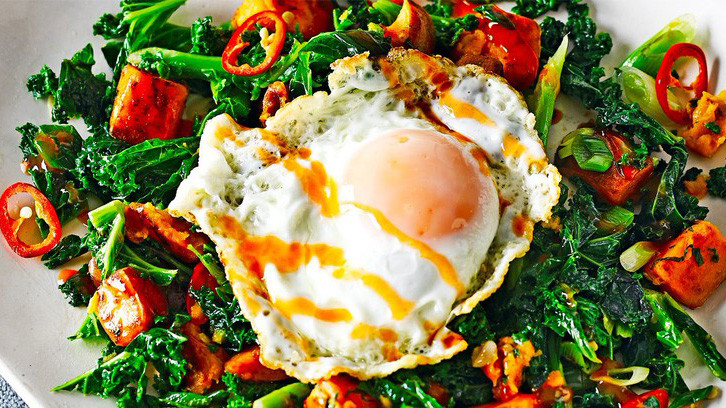 Colorful and healthy food for fat lossFitzgerald suggests avoiding processed foods in favor of unprocessed alternatives that are more satiating and less calorie-dense, such as swapping white rice for brown rice. Alan Murchison, author of The Performance Chef books, recommends incrementally reducing portion sizes across the board, without eliminating any specific food group. Each macronutrient—protein, carbohydrate, and fat—is essential for a balanced diet, so exclusionary diets like keto are not ideal. Even professional athletes enjoy treats occasionally, but they do so in moderation. Aim for a manageable deficit of 500 calories per day to lose approximately one kilo per week. A more significant energy deficit can lead to excessive hunger and potential overeating, as well as hindering recovery and potentially leading to overtraining.
Colorful and healthy food for fat lossFitzgerald suggests avoiding processed foods in favor of unprocessed alternatives that are more satiating and less calorie-dense, such as swapping white rice for brown rice. Alan Murchison, author of The Performance Chef books, recommends incrementally reducing portion sizes across the board, without eliminating any specific food group. Each macronutrient—protein, carbohydrate, and fat—is essential for a balanced diet, so exclusionary diets like keto are not ideal. Even professional athletes enjoy treats occasionally, but they do so in moderation. Aim for a manageable deficit of 500 calories per day to lose approximately one kilo per week. A more significant energy deficit can lead to excessive hunger and potential overeating, as well as hindering recovery and potentially leading to overtraining.
1.3. Portion Control
Controlling portion sizes is a simple yet effective way to manage your calorie intake. A change in dinnerware can aid in this process.
 Woman holding a vegan bowl for portion controlA 2024 Polish study indicated that using larger plates can make food appear smaller, leading to overeating. Using smaller plates can serve as a visual guide for portion control. Research from Australia in 2022 suggests that using smaller plates promotes balanced eating and weight loss. Aim to fill roughly half your plate with vegetables, a quarter with protein, and a quarter with carbohydrates, with a small portion of fat in the center. This method can help you optimize your macro- and micronutrient ratios without meticulously measuring your food.
Woman holding a vegan bowl for portion controlA 2024 Polish study indicated that using larger plates can make food appear smaller, leading to overeating. Using smaller plates can serve as a visual guide for portion control. Research from Australia in 2022 suggests that using smaller plates promotes balanced eating and weight loss. Aim to fill roughly half your plate with vegetables, a quarter with protein, and a quarter with carbohydrates, with a small portion of fat in the center. This method can help you optimize your macro- and micronutrient ratios without meticulously measuring your food.
1.4. Eat More Fiber
Fiber is an essential nutrient that aids in digestion and helps prevent belly fat. It increases the weight and size of your stool, making it easier to pass and reducing the likelihood of constipation.
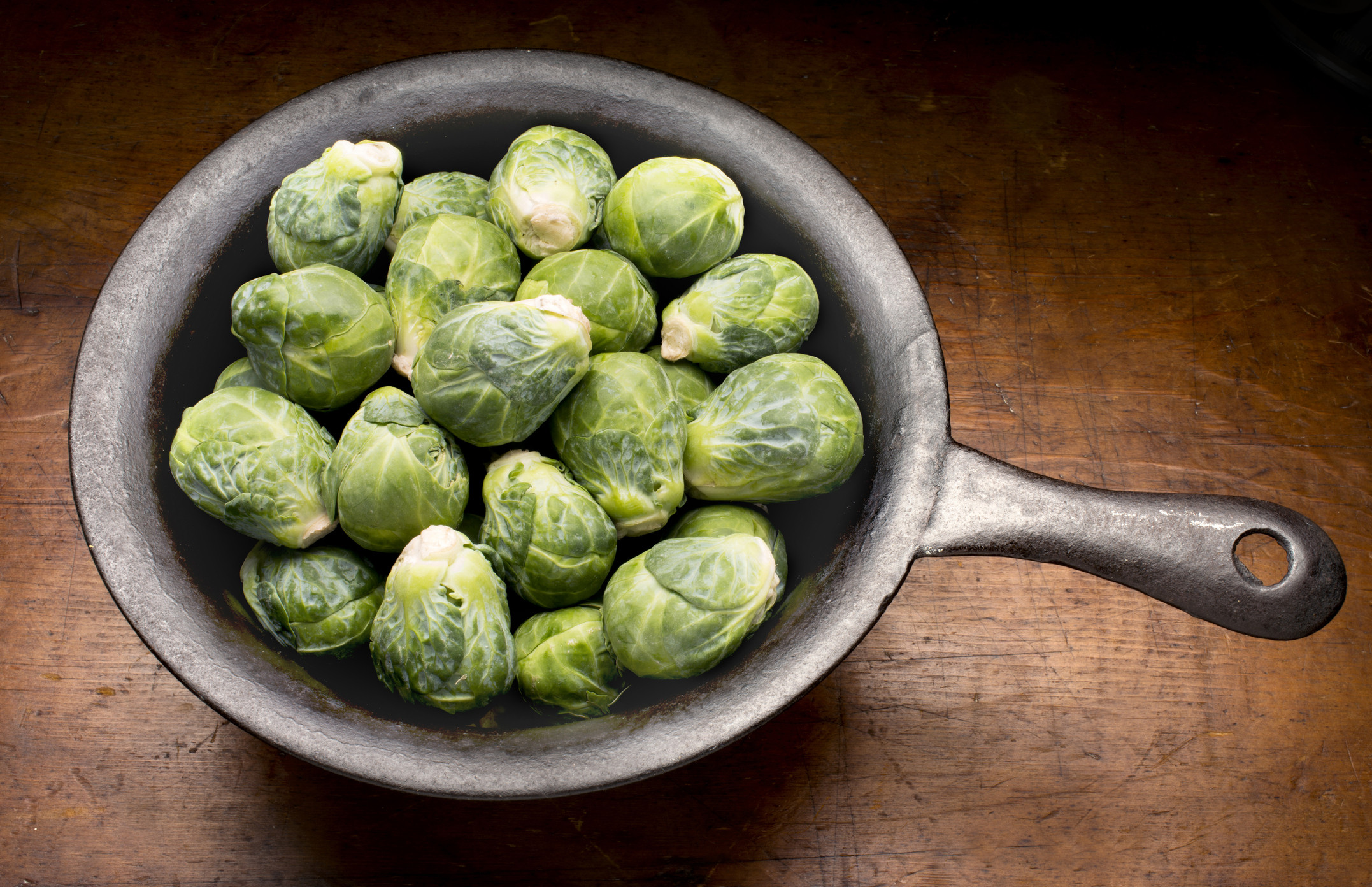 Brussels sprouts as a source of fiberStudies suggest that a sufficient intake of fiber can prevent belly fat by suppressing appetite. However, a 2019 study indicates that certain types of fiber, specifically viscous fibers like pectins and beta-glucans, are more effective. These fibers thicken in water, forming a gel-like substance that slows stomach emptying, increasing digestion and absorption times, leading to a prolonged feeling of fullness and reduced appetite. Viscous fibers are found in plant foods such as beans, legumes, asparagus, flax seeds, oats, and Brussels sprouts.
Brussels sprouts as a source of fiberStudies suggest that a sufficient intake of fiber can prevent belly fat by suppressing appetite. However, a 2019 study indicates that certain types of fiber, specifically viscous fibers like pectins and beta-glucans, are more effective. These fibers thicken in water, forming a gel-like substance that slows stomach emptying, increasing digestion and absorption times, leading to a prolonged feeling of fullness and reduced appetite. Viscous fibers are found in plant foods such as beans, legumes, asparagus, flax seeds, oats, and Brussels sprouts.
1.5. Stay Strong
Incorporating strength training into your routine can significantly aid in belly fat loss. While weight training and cycling were once considered incompatible, research has shown that gym work can improve a rider’s strength and power output while reducing the risk of injury.
 Man doing squats for strength trainingA 2014 study published in the journal Obesity followed 10,500 healthy men for 12 years and found that while aerobic activity like cycling is effective for overall weight loss, weight training is also crucial for reducing waist circumference. A 2013 study further supported this, indicating that visceral fat loss was highest in subjects who combined high-intensity resistance training with moderate-intensity cardiovascular activity. Focus on compound exercises such as squats, leg presses, bench presses, push-ups, lat pull-downs, pull-ups, and power lifts like deadlifts. These exercises target multiple muscle groups, revving up your metabolism and promoting fat burning.
Man doing squats for strength trainingA 2014 study published in the journal Obesity followed 10,500 healthy men for 12 years and found that while aerobic activity like cycling is effective for overall weight loss, weight training is also crucial for reducing waist circumference. A 2013 study further supported this, indicating that visceral fat loss was highest in subjects who combined high-intensity resistance training with moderate-intensity cardiovascular activity. Focus on compound exercises such as squats, leg presses, bench presses, push-ups, lat pull-downs, pull-ups, and power lifts like deadlifts. These exercises target multiple muscle groups, revving up your metabolism and promoting fat burning.
1.6. Go Slow, Be Patient
Weight loss, especially belly fat loss, requires patience and consistency. Initial weight loss can be rapid, with up to 2kg lost in the first week due to the depletion of water and glycogen stores.
 Coffee can aid performance but isn't a miracle solution for weight lossHowever, actual fat loss occurs more slowly, typically around 300-400g per week. Maintaining dietary modifications long-term is essential for substantial fat loss. There is no miracle solution or shortcut. While supplements and caffeine are often touted for their fat-burning properties, their impact on weight loss is minimal. Caffeine may slightly increase fat burning, but eating a little less or exercising more will yield far greater results.
Coffee can aid performance but isn't a miracle solution for weight lossHowever, actual fat loss occurs more slowly, typically around 300-400g per week. Maintaining dietary modifications long-term is essential for substantial fat loss. There is no miracle solution or shortcut. While supplements and caffeine are often touted for their fat-burning properties, their impact on weight loss is minimal. Caffeine may slightly increase fat burning, but eating a little less or exercising more will yield far greater results.
1.7. Sleep Well
Getting a good night’s sleep is vital for overall health and plays a significant role in weight management. Research from the Mayo Clinic demonstrates that lack of sleep results in excess belly fat, with a 9% increase in abdominal fat and an 11% increase in abdominal visceral fat.
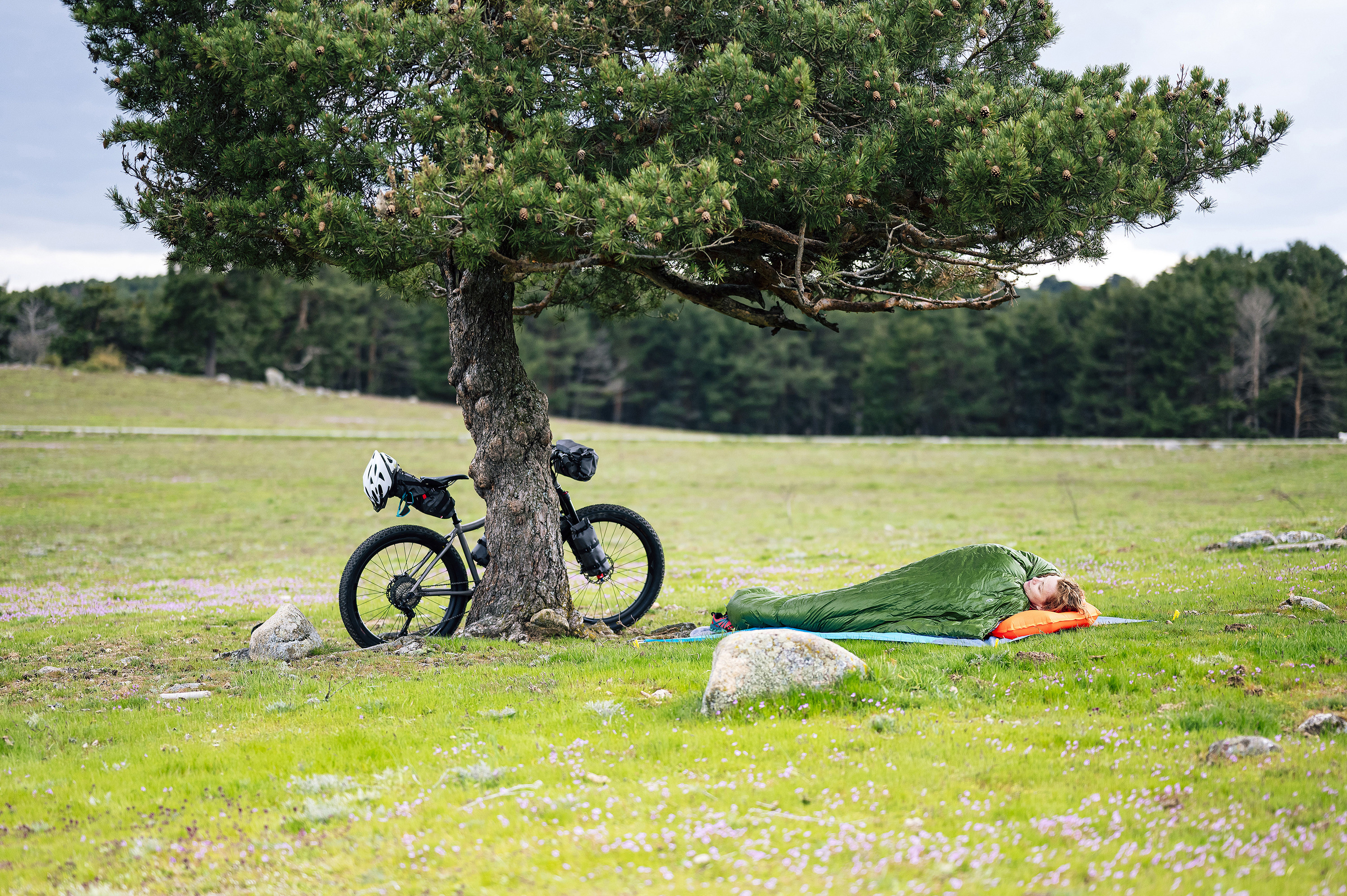 Woman sleeping well for fat lossInsufficient sleep affects levels of appetite hormones ghrelin and leptin, leading to poor food choices and increased calorie intake. The more hours you are awake, the more opportunities you have to eat. Strategies to improve sleep hygiene include avoiding large meals late in the evening, limiting caffeine intake after lunch, using layers for temperature control, and avoiding smartphones and scrolling in bed.
Woman sleeping well for fat lossInsufficient sleep affects levels of appetite hormones ghrelin and leptin, leading to poor food choices and increased calorie intake. The more hours you are awake, the more opportunities you have to eat. Strategies to improve sleep hygiene include avoiding large meals late in the evening, limiting caffeine intake after lunch, using layers for temperature control, and avoiding smartphones and scrolling in bed.
1.8. Stress Less
Managing stress is crucial, as it can impact cortisol levels, which may lead to overeating, particularly of sweet foods.
 Riding a bike in a beautiful place reduces stressRegular aerobic exercise like cycling is an excellent way to combat stress, decrease anxiety, reduce tension, and boost your mood. Spending time outdoors, which cycling facilitates, also contributes to stress reduction. Cycling more and eating better are effective strategies for losing belly fat and improving overall well-being.
Riding a bike in a beautiful place reduces stressRegular aerobic exercise like cycling is an excellent way to combat stress, decrease anxiety, reduce tension, and boost your mood. Spending time outdoors, which cycling facilitates, also contributes to stress reduction. Cycling more and eating better are effective strategies for losing belly fat and improving overall well-being.
2. More Questions Answered
Let’s dive into some frequently asked questions about cycling and belly fat loss. Understanding these aspects can help you tailor your approach for optimal results.
2.1. Does Riding A Bike Burn Fat?
Yes, riding a bike burns fat. At lower intensities, your body primarily uses fat as its fuel source. Training in the “fat-burning zone” improves cycling endurance and aerobic capacity, enhancing your ability to sustain longer rides.
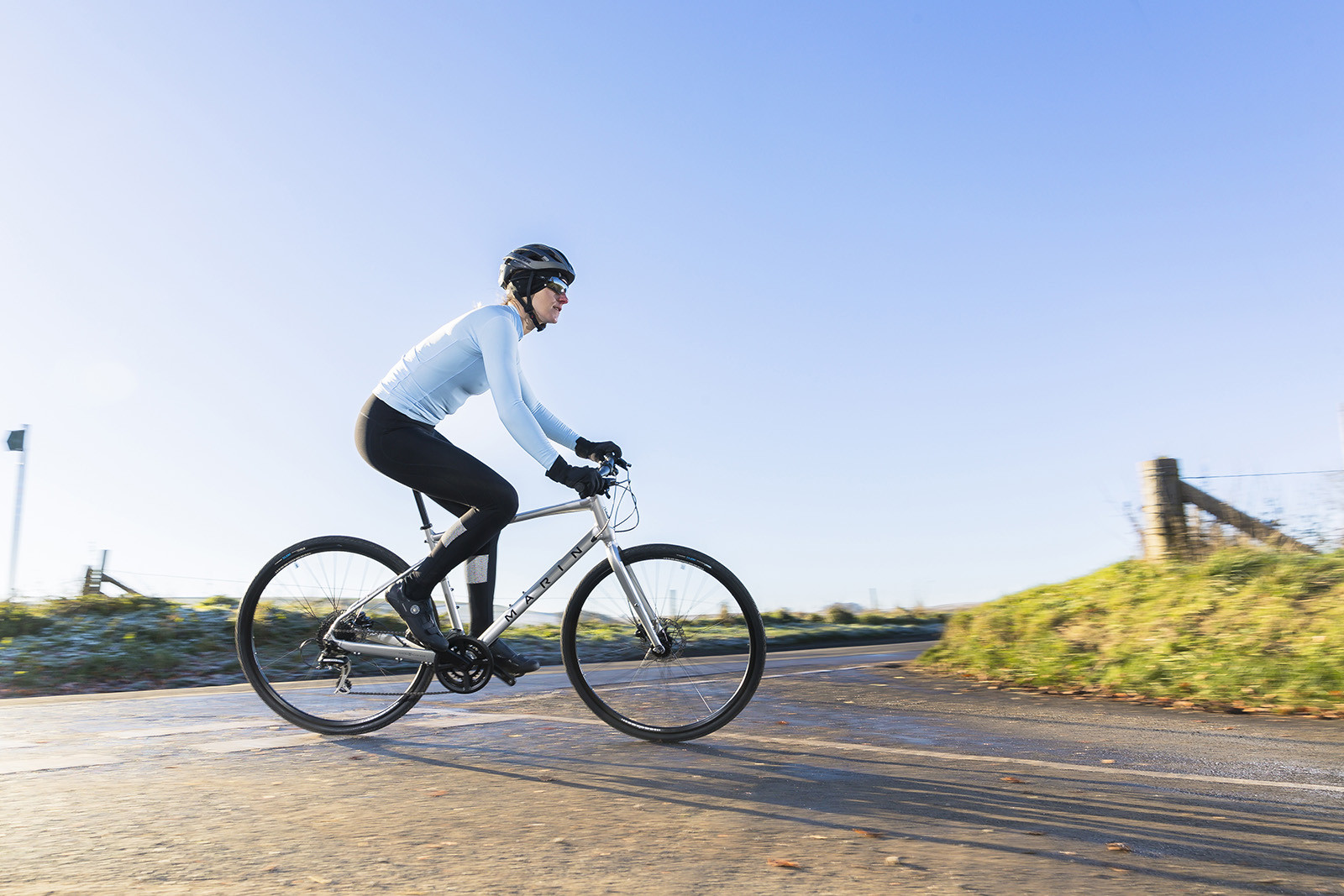 Marin Fairfax bike for burning fat
Marin Fairfax bike for burning fat
However, burning fat during cycling doesn’t automatically translate to losing fat from your body. Weight loss is determined by energy balance: if you burn more calories than you consume, you will lose weight. The body uses stored fat for energy when it’s short of calories, gradually reducing body fat over time. Calculating energy intake and expenditure can be challenging, but creating a calorie deficit is essential for fat loss.
2.2. Does Cycling Reduce Belly Fat?
Cycling can help reduce belly fat, although whether you can specifically target weight loss in one area remains a topic of debate.
 Man riding a bike to reduce belly fat
Man riding a bike to reduce belly fat
A 2013 study found that localized muscle resistance training led to overall leanness throughout the body, not just in the trained area. However, a more recent study suggests that localized fat loss may be possible. Cyclists tend to have leaner legs compared to their upper bodies, indicating that fat loss is more concentrated in areas where muscles are active.
2.3. How Can I Burn Fat By Cycling?
To maximize fat burning while cycling, focus on riding at a lower intensity. As intensity increases, the proportion of fat your body uses for fuel decreases, shifting towards carbohydrates. Fat reserves are nearly unlimited, making them ideal for sustained, lower-intensity efforts.
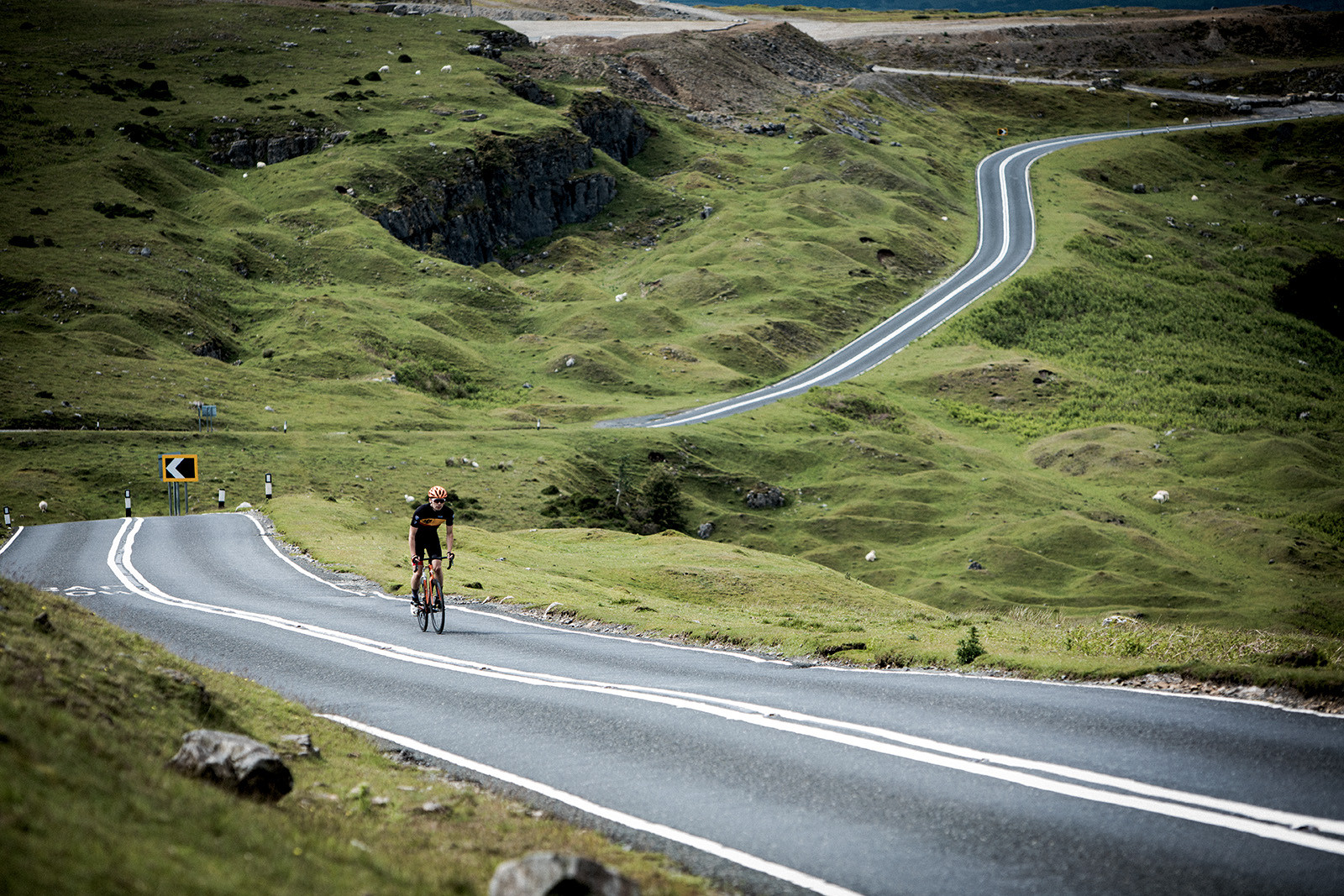 Couple riding bikes for long distance
Couple riding bikes for long distance
The transition from fat to carbohydrate usage varies among individuals. A 2005 study found that women are better at oxidizing fat than men, meaning they can sustain fat-burning for longer periods before switching to carbohydrates. You can improve your maximal fat oxidation (Fatmax) by engaging in plenty of Zone 2 riding.
3. Five Search Intentions for “Can You Lose Belly Fat From Riding A Bike”
Understanding the various reasons people search for this topic can help tailor your content to meet their specific needs. Here are five key search intentions:
- Informational: Users want to know if cycling is an effective way to reduce belly fat.
- Methodical: Users are looking for specific strategies and techniques to lose belly fat through cycling.
- Comparative: Users want to compare cycling to other methods for belly fat loss.
- Motivational: Users are seeking encouragement and real-life examples to motivate them to cycle for belly fat loss.
- Preventative: Users are looking for ways to prevent belly fat accumulation by cycling.
4. Comprehensive Guide to Losing Belly Fat Through Cycling
Losing belly fat through cycling is achievable with the right approach. Here’s a comprehensive guide to help you succeed.
4.1. Setting Realistic Goals
Start by setting achievable goals. Aim for gradual weight loss, such as 1-2 pounds per week. Use a fitness tracker to monitor your progress and stay motivated.
4.2. Creating a Cycling Plan
Develop a structured cycling plan that includes both high-intensity interval training (HIIT) and steady-state cardio. Mix up your workouts to prevent plateaus and keep your body challenged.
4.3. Monitoring Calorie Intake
Use a food diary or app to track your calorie intake. Focus on whole, unprocessed foods and ensure you’re in a calorie deficit. Consult with a nutritionist for personalized advice.
4.4. Strength Training
Incorporate strength training exercises at least twice a week. Focus on compound movements that engage multiple muscle groups, such as squats, deadlifts, and push-ups.
4.5. Recovery and Rest
Prioritize sleep and recovery. Aim for 7-9 hours of quality sleep each night. Incorporate rest days into your cycling schedule to allow your body to recover and rebuild.
4.6. Hydration
Drink plenty of water throughout the day. Staying hydrated helps boost your metabolism and aids in fat loss.
4.7. Managing Stress
Practice stress-reducing activities such as meditation, yoga, or spending time in nature. High stress levels can lead to increased cortisol, which can promote belly fat storage.
4.8. Tracking Progress
Monitor your progress regularly. Take measurements of your waist circumference and track your weight. Adjust your plan as needed to continue seeing results.
4.9. Staying Consistent
Consistency is key. Stick to your cycling and diet plan, even when you don’t feel like it. Over time, your dedication will pay off.
4.10. Seeking Support
Join a cycling club or find a workout buddy. Having support can help you stay motivated and accountable.
5. Five Additional Tips to Maximize Belly Fat Loss
Here are five extra tips to further enhance your belly fat loss efforts through cycling:
- Vary Your Terrain: Cycling on different terrains, such as hills or trails, can increase the intensity of your workouts and burn more calories.
- Cycle Commute: If possible, cycle to work or run errands on your bike. This integrates physical activity into your daily routine and burns extra calories.
- Join Group Rides: Participating in group rides can make cycling more enjoyable and provide motivation to push yourself harder.
- Stay Accountable: Share your goals with friends or family and ask them to support you. Having someone to hold you accountable can increase your chances of success.
- Reward Yourself: Celebrate your achievements along the way. Set small, achievable goals and reward yourself when you reach them.
6. Expert Insights on Cycling and Belly Fat Loss
To provide a well-rounded perspective, let’s explore insights from cycling and fitness experts:
- Dr. Stacy Sims: “Cycling is a fantastic way to burn calories and improve cardiovascular health. Combining it with a protein-rich diet and strength training is key to reducing belly fat.”
- Chris Carmichael: “Interval training on the bike is highly effective for targeting stubborn fat. Focus on short, intense bursts followed by recovery periods to maximize fat burning.”
- Joe Friel: “Consistency is crucial. Develop a sustainable cycling plan and stick to it. Over time, you’ll see significant changes in your body composition.”
- Jillian Michaels: “Don’t underestimate the importance of diet. Cycling alone won’t eliminate belly fat. You need to pair it with a balanced, calorie-controlled diet.”
- Bob Babbitt: “Find a cycling community that inspires you. Riding with others can make the journey more enjoyable and help you stay motivated.”
7. Real-Life Success Stories
Hearing from others who have successfully lost belly fat through cycling can provide inspiration and motivation. Here are a few real-life success stories:
- Sarah, 35: “I started cycling three months ago and have already lost 15 pounds. I feel more energetic and confident. Cycling has transformed my life.”
- Mark, 42: “I used to struggle with belly fat, but after incorporating cycling into my routine, I’ve seen a significant reduction. I cycle to work every day and do longer rides on the weekends.”
- Lisa, 28: “Cycling has been a game-changer for me. I’ve not only lost weight but also improved my mental health. It’s my favorite way to de-stress.”
- Tom, 50: “I was skeptical at first, but cycling has proven to be an effective way to lose belly fat. I combine it with a healthy diet and strength training, and the results have been amazing.”
- Emily, 31: “I joined a cycling club and it’s been the best decision ever. Riding with others has kept me motivated, and I’ve lost a significant amount of belly fat.”
8. Potential Pitfalls and How to Avoid Them
While cycling is a great way to lose belly fat, there are potential pitfalls to be aware of. Here are some common mistakes and how to avoid them:
- Overeating: Cycling can increase your appetite, so it’s important to monitor your calorie intake and avoid overeating.
- Not Eating Enough: Restricting calories too much can lead to muscle loss and decreased metabolism. Aim for a moderate calorie deficit.
- Plateauing: If you stop seeing results, try varying your workouts or adjusting your diet.
- Injury: Avoid overtraining and listen to your body. Incorporate rest days and proper stretching to prevent injuries.
- Lack of Consistency: Consistency is key. Stick to your cycling and diet plan, even when you don’t feel like it.
9. FAQs About Cycling and Belly Fat Loss
Here are ten frequently asked questions about cycling and belly fat loss:
- How often should I cycle to lose belly fat? Aim for at least 150 minutes of moderate-intensity or 75 minutes of high-intensity cycling per week.
- What type of cycling is best for burning belly fat? High-intensity interval training (HIIT) is particularly effective for targeting belly fat.
- Can I lose belly fat by cycling alone? While cycling is helpful, it’s best to combine it with a balanced diet and strength training for optimal results.
- How long does it take to see results? With consistent effort, you can start seeing results in a few weeks.
- Is cycling better than running for belly fat loss? Both are effective, but cycling is gentler on the joints and can be sustained for longer periods.
- What should I eat before and after cycling? Before cycling, eat a light, carbohydrate-rich meal. After cycling, consume a protein-rich snack or meal to aid muscle recovery.
- Does cycling build muscle? Cycling primarily works the leg muscles but can also engage the core and upper body to some extent.
- Can I cycle if I have joint pain? Cycling is low-impact and can be a good option for people with joint pain, but consult with your doctor first.
- What are the benefits of cycling besides weight loss? Cycling can improve cardiovascular health, boost mood, and reduce stress.
- How can I stay motivated to cycle regularly? Join a cycling club, set realistic goals, and reward yourself for your achievements.
10. Conclusion: Embrace the Biking Lifestyle for a Healthier You
Losing belly fat from riding a bike is entirely possible with the right strategies and dedication. By combining cycling with a balanced diet, strength training, and healthy lifestyle habits, you can achieve a slimmer waistline and improve your overall well-being. At usabikers.net, we are here to support you on your cycling journey with expert advice, community connections, and resources to help you succeed. Discover the joy of cycling and transform your life today. For more information, tips, and community support, visit us at usabikers.net, located at 801 Sturgis Main St, Sturgis, SD 57785, or call us at +1 (605) 347-2000. We look forward to helping you achieve your fitness goals.
